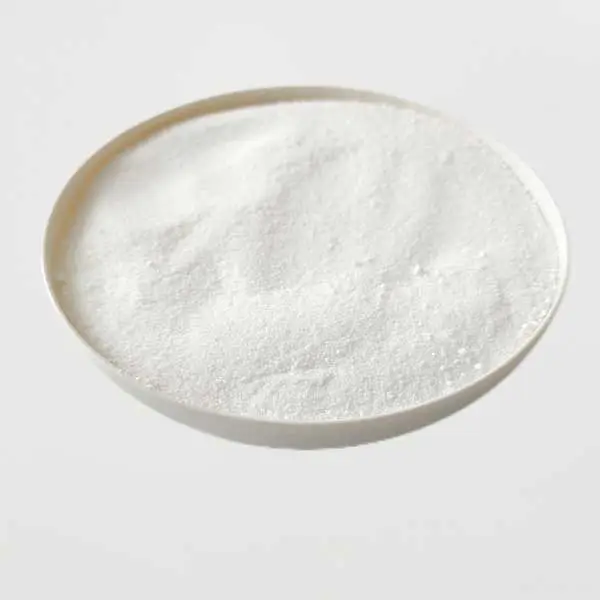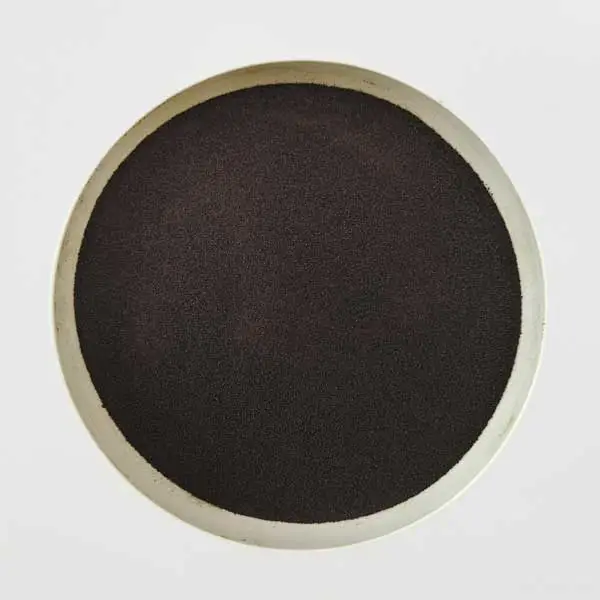Building Bridges, Literally: The Role of Sulfonated Naphthalene Formaldehyde in Structural Engineering
Bridges are the lifelines of modern civilization, connecting communities and facilitating the flow of goods and people. Behind these colossal structures lies a realm of engineering innovation, where materials play a pivotal role in ensuring both strength and sustainability. In recent times, a remarkable player has emerged in the construction industry, making waves in structural engineering - Sulfonated naphthalene formaldehyde.
The Chemistry of Strength: Sulfonated Naphthalene Formaldehyde Unveiled
Sulfonated naphthalene formaldehyde, often abbreviated as SNF, is a high-performance concrete admixture. Its exceptional properties stem from the chemical structure that enhances the workability and durability of concrete. By binding to the cement particles, SNF imparts fluidity to the concrete mix, making it easier to handle during construction.
Enhancing Concrete Performance
Structural engineers have long sought materials that not only strengthen concrete but also improve its overall performance. Sulfonated naphthalene formaldehyde acts as a superplasticizer, allowing for a significant reduction in water content without compromising workability. This reduction in water not only contributes to stronger concrete but also addresses environmental concerns related to excessive water usage in construction.
Building Bridges with Sustainable Solutions
One of the notable advantages of incorporating SNF in structural engineering lies in its contribution to sustainability. As the construction industry continues to evolve towards greener practices, SNF aligns perfectly with this ethos. By optimizing concrete mixtures and reducing the need for additional water, SNF aids in the production of more environmentally friendly and durable structures.
The Role of SNF in Bridge Construction
Bridges, subjected to varying loads and environmental conditions, require materials that can withstand the test of time. Sulfonated naphthalene formaldehyde plays a crucial role in bridge construction by enhancing the strength and durability of the concrete used in various components such as pillars, beams, and deck slabs. The result is a bridge that not only stands tall but also resists deterioration caused by factors like weathering and chemical exposure.
Looking Ahead: Future Implications of SNF in Structural Engineering
As we peer into the future of structural engineering, the role of sulfonated naphthalene formaldehyde is set to expand. The demand for more sustainable and resilient infrastructure will likely drive further research and development in this field. SNF's versatility and compatibility with various types of concrete make it a promising candidate for addressing the evolving needs of modern construction projects.
In conclusion, the incorporation of Sulfonated naphthalene formaldehyde in structural engineering signifies a positive shift towards stronger, more sustainable infrastructure. As we continue to build bridges, both literally and metaphorically, SNF stands as a testament to the ever-evolving landscape of construction materials, pushing the boundaries of what is possible in the realm of structural engineering.
Rocommended Products
Related News About Construction Chemicals

 English
English 


